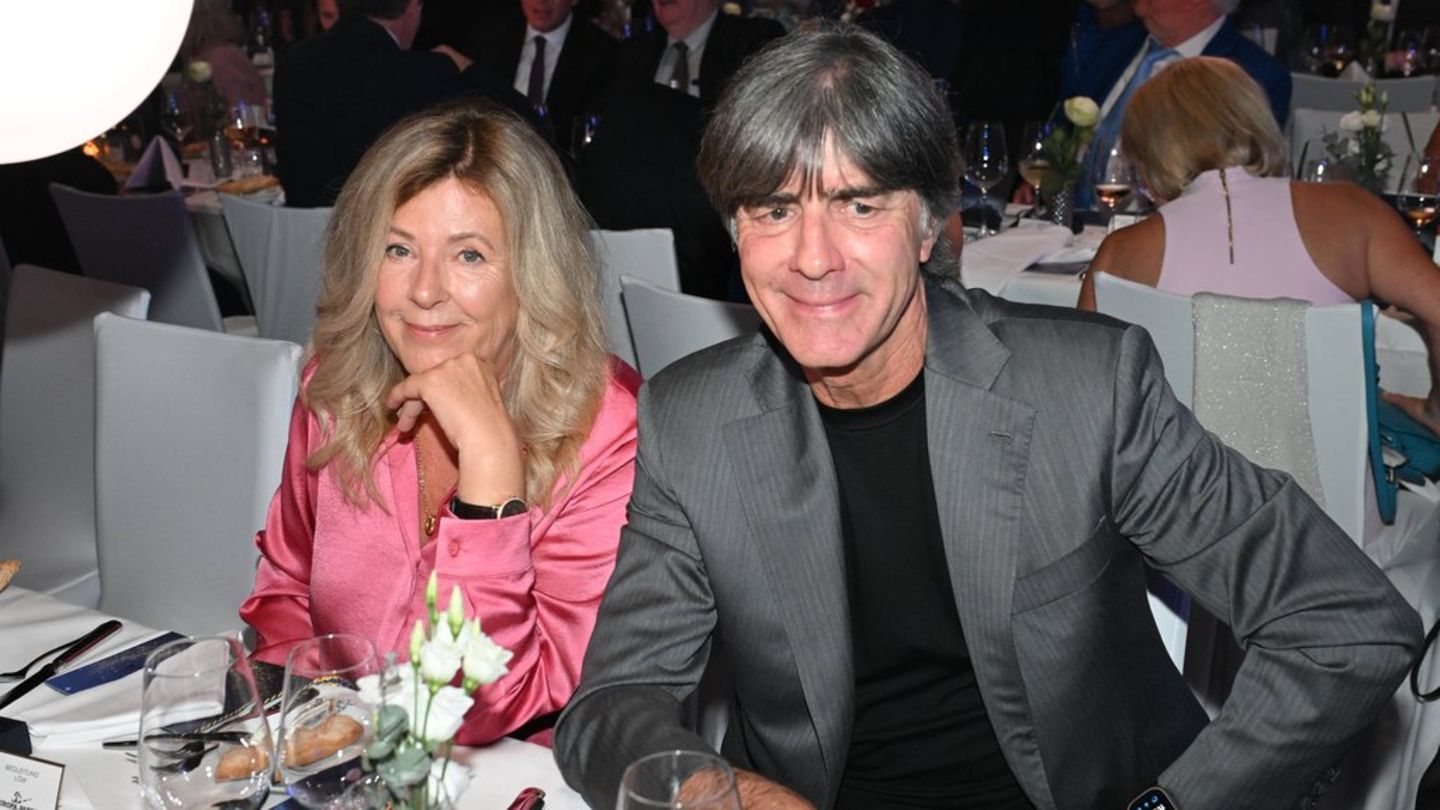Government plans for more climate-friendly heating systems are already causing great concern. Now Minister of Construction Geywitz raises questions about the sense of insulation: What is worthwhile for the climate and for the wallet?
Wrap up the house thickly so that it keeps the heat in – is that really the best way to protect the climate? Construction Minister Klara Geywitz has her doubts. The SPD politician said a few days ago that ever stricter insulation regulations would have made building very expensive. There are question marks as to whether the additional costs for insulation are in reasonable proportion to the energy saved. And greenhouse gases are also produced during the production of insulating materials.
In doing so, the minister opened a new keg in the middle of the heated heating debate and risked a possible conflict with climate minister Robert Habeck (Greens). After all, there are stricter requirements for energy-efficient buildings in the coalition agreement. Ambitious goals are also being debated at EU level. This does not necessarily make the situation clearer for homeowners. But experts can shed some light into the darkness.
“Energetic refurbishments offer enormous potential”
Christian Handwerk, consultant for energy-efficient construction at the North Rhine-Westphalia consumer advice center, advises first of all to differentiate between newly built houses and older properties. From the trades point of view, the insulation debate is primarily about existing buildings: “Our problem is bigger than in the new construction sector.”
The German Energy Agency Dena has the figures. The approximately 22 million buildings therefore account for 35 percent of Germany’s energy consumption. Around three-quarters of the stock was built before 1979, without specifications for thermal insulation. According to Dena, old buildings need three to five times what is technically possible today for space heating and hot water. “Energetic refurbishments therefore offer enormous potential for reducing our energy consumption,” confirms the energy agency
Geywitz has the backing of the federal states
But is very thick facade insulation really worth it? Geywitz said at a construction congress: “In the beginning it still makes a lot of sense, because what I insulate I save because of what I then don’t have in terms of additional costs. But from EH55 at the latest there are many question marks as to whether the money, what you additionally put into insulation stands in a sensible relation to the energy saved.” EH55 means: a requirement of 55 percent of the energy of a comparable new building.
Geywitz promptly received encouragement from the federal states. “What Klara Geywitz is saying now has been my stance for a long time,” said Nicole Razavi (CDU), Chairwoman of the Conference of Building Ministers. “We have to manage to bring affordability and climate protection together in housing construction.” NRW Building Minister Ina Scharrenbach (also CDU) emphasized that one must “increasingly consider solutions for residential areas (…) and not just narrow down to individual houses”.
“Sensible insulation is also good for the wallet”
Energy expert Handwerk sees it differently and says: “Sensible insulation is also good for the wallet.” To achieve EH55, an older house, for example, needs 16 to 18 centimeters of façade insulation. At an energy price of 14 cents per kilowatt hour, this investment will pay for itself within twelve years. However, the lifespan of the insulation is longer, maybe 40 years. If you look at this range, even thicker insulation pays off, says Handwerk. This maintains the value of the property – uninsulated buildings will be more difficult to sell in the future.
The expert also contradicts concerns that the CO2 emissions in the manufacture of the insulating materials call into question the benefit. “That’s really nonsense.” The insulation saves far more emissions than the production causes – by a factor of 15 to 20, says Handwerk. This is also the opinion of the Research Institute for Thermal Insulation, which was commissioned by the industry itself.
The first argument is in Brussels
The political debate is likely to gain momentum both at federal and EU level. The coalition agreement between the SPD, the Greens and the FDP says with a view to the Building Energy Act (GEG): “As of January 1, 2024, the standards for major expansions, conversions and extensions of existing buildings in the (Building Energy Act) will be adjusted so that the parts to be replaced correspond to the EH70 ; in the GEG, the new building standards will be aligned with the KfW-EH 40 on January 1, 2025.”
The House of Climate Minister Habeck emphasized that these agreements are still valid. Insulation remains important, even if heating is done with renewable energies – because even these are only available to a limited extent. According to a study by the Agora Energiewende, the heat requirement in buildings must fall by 39 percent for the calculations for a climate-neutral Germany to work overall.
Habeck’s house avoids open lines of conflict for the time being. A spokeswoman explains that the insulation requirements that have previously applied to funding from the KfW banking group will not be adopted one-to-one. A new “system of requirements” is needed, which “will follow the currently negotiated update of the European Buildings Directive”. That probably means: One waits for the European framework before the building and climate ministries argue.
In Brussels, the EU states and the European Parliament have so far had different plans for saving energy in buildings and possible renovation obligations. A quick agreement cannot be expected, says a spokesman for the Swedish Council Presidency. At least not before the middle of the year, when Sweden hands over the presidency to Spain.
Source: Stern




